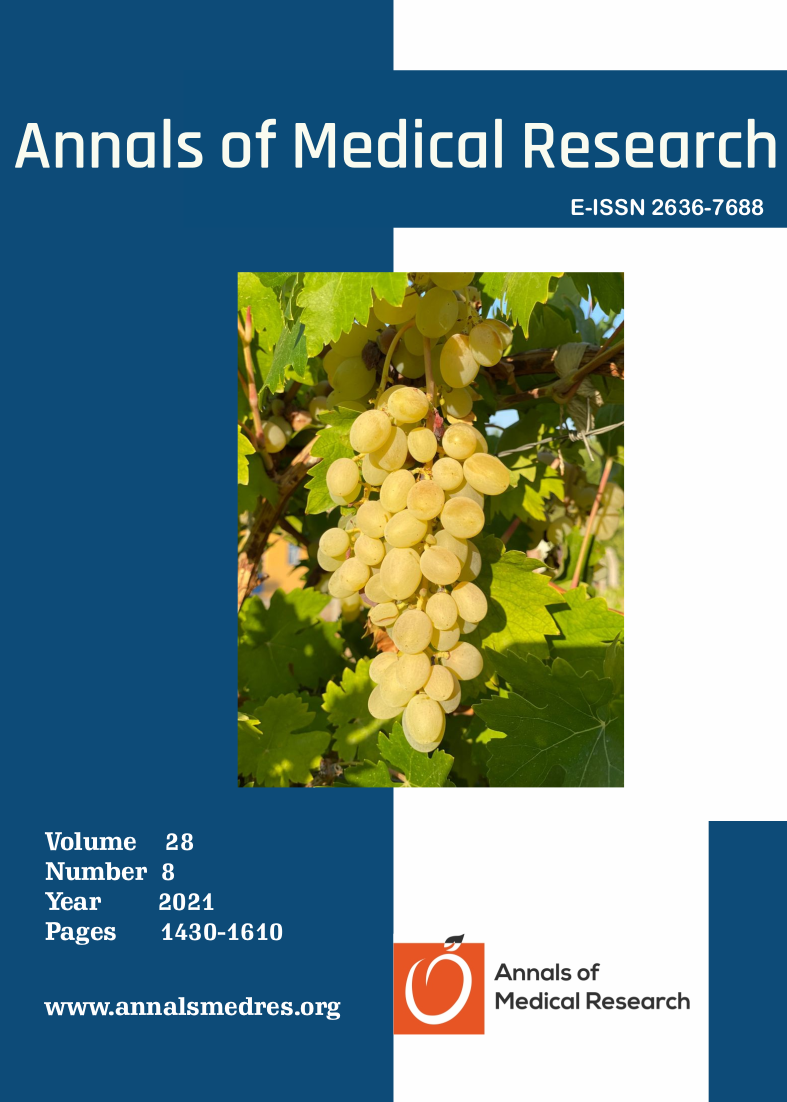A comparison of cyanoacrylate closure to radiofrequency ablation techniques for treatment of truncal venous insufficiency
Keywords:
Cyanoacrylate closure, chronic venous insufficiency, endovenous procedure, outcome, radiofrequency ablationAbstract
Aim: Cyanoacrylate closure (CAC) has become an alternative to endothermal ablative therapies for chronic venous insufficiency. In this study, we aimed to present our experience with CAC in comparison with radiofrequency ablation (RFA) and discuss the application techniques thereof.
Materials and Methods: A retrospective review was performed for adult patients who underwent CAC or RFA for great saphenous vein insufficiency during two years to identify baseline patient and disease characteristics, procedural details and outcomes. The primary outcome was a complete occlusion rate. Secondary outcomes were adverse events/complications and the quality of recovery.
Results: In this study, 36 patients (mean age 48.3 ± 11.2 years with 27 women) were treated with either CAC (n =19) or RFA (n = 17) during the defined period. At follow-up, after a mean duration of 8.5 ± 2.2 months, the closure rates were similar at 18/19 vs. 17/17, respectively. Apart from phlebitis and pigmentation, the incidences of bruising, skin burn and paresthesia were lower in the CAC group compared to the RFA group. The mean procedural times were shorter for CAC. In both groups, the Venous Clinical Severity Score significantly improved from baseline to last follow-up, somewhat better in the RFA group. The satisfaction level with the treatment was moderately higher among RFA patients than CAC patients, as well.
Conclusion: The findings suggest that while it shortens the procedural time and does not require postoperative stockings, CAC is not a miraculous alternative for those who can duly administer tumescent anesthesia
Downloads
Published
Issue
Section
License
Copyright (c) 2021 The author(s)

This work is licensed under a Creative Commons Attribution-NonCommercial-NoDerivatives 4.0 International License.
CC Attribution-NonCommercial-NoDerivatives 4.0






